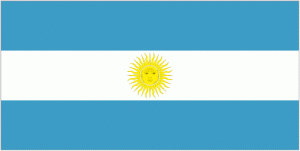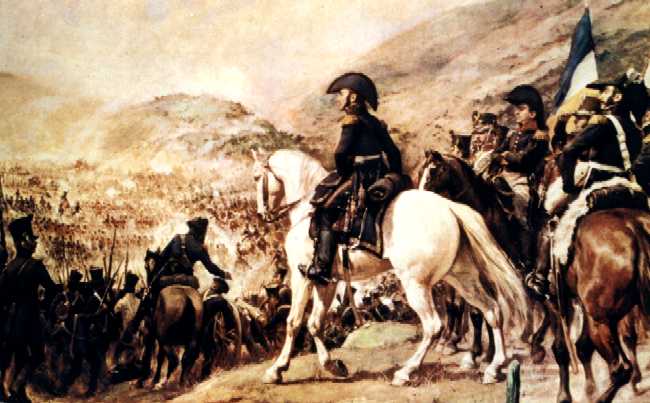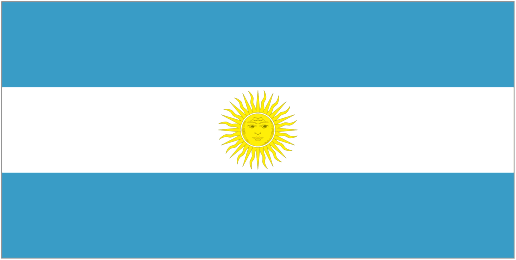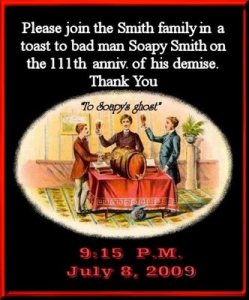July 9

In the two decades between 1804 and 1824 the Spain lost an area of land in Latin America nearly 20 times its own size.
One of Spain’s largest provinces was Viceroyalty of the Rio de la Plata, which encompassed what is now Argentina, Bolivia, Paraguay, and Uruguay. The Rio de la Plata (River of Silver) is the widest estuary in the world, forming the border between Argentina and Uruguay. Like the river, Argentina itself is named for the precious metal once so prevalent on its shores. Tierra Argentina is Latin for “Land of Silver”.
As Spain pushed French invaders out of its own borders, liberadores Simón Bolívar and José de San Martín sought to do the same to the Spanish in South America.Bolívar fought the Spanish in the north of the continent while San Martín gathered and led the rebel armies in the south. Between 1813 and 1824 SanMartín’s armies repelled royalist forces from Argentina, Chile, Peru, and Ecuador. He became known as the liberator of Chile, the Protector of Peru, and the national hero of Argentina, which honors him with his own holiday on August 17, the anniversary of his death.

- San Martin crosses the Andes
Argentina’s national day doesn’t celebrate one of San Martín’s decisive battles, but the adoption of the 1816 Acta de Independencia by the Congress at Tucuman. After Napoleon’s exile to Elba in 1814, the Spanish were able to turn their full attention to the rebelling colonies overseas. In the Spring of 1816 representatives from towns throughout the Rio de la Plata gathered in San Miguel de Tucuman to discuss their political fate. Tucuman in Northern Argentina was chosen for its central location and also to downplay the resentment other territories felt toward the centralist, urban Buenos Aires. The Congress met in the home of the Bazan family, now the Casa Historica de la Independencia museum.

The Congress was unable to come up with a satisfactory answer for what form a future government would take. But on July 9, when the question of Independence arose…
“At once, animated by a holy love of justice, each and every delegate successively announced his spontaneous decision in favor of the independence of the country, signing in consequence the following declaration.
“We, the representatives of the United Provinces of South America, assembled in a general congress, invoking the God who presides over the universe, in the name and by the authority of the people whom we represent, and proclaiming to heaven and to all nations and peoples of the earth the justice of our intentions, declare solemnly to the world that the unanimous wish of these provinces is to sever the oppressive bonds which connect them with the kings of Spain, to recover the rights of which were deprived, and to assume the exalted position of a nation free and independent of Ferdinand VII, of his successors and of the metropolis of Spain.
San Martín pledged to support the Acta de Independencia the following month. He marched his troops over the Andes, joined forces with the Chileans, and defeated the Spanish forces there in 1818, effectively ending Spanish occupation in the southern half of South America.



